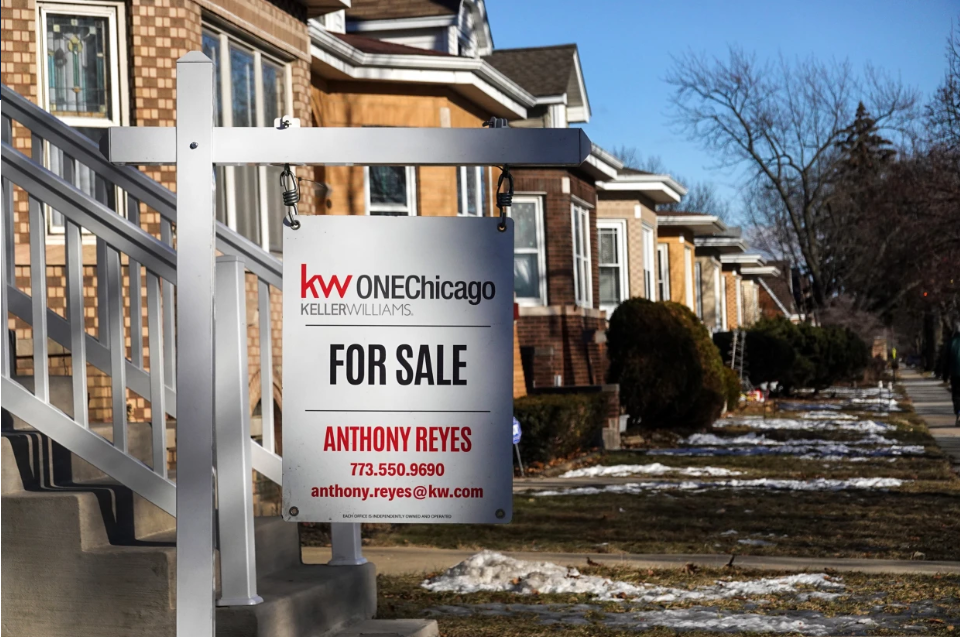As homeowners continue to face elevated interest rates on traditional borrowing options such as credit cards and personal loans, many are turning to home equity as a more affordable financing alternative.
With average US homeowners holding approximately $313,000 in equity, home equity loans and home equity lines of credit (HELOCs) offer an opportunity to access funds at lower interest rates. Experts suggest that when used wisely, these products can help consolidate debt, finance large expenses, or improve financial flexibility.
According to industry professionals and data from ICE Mortgage Technology, home equity borrowing has become more appealing in 2025 due to falling rates and strong equity positions. Here’s what homeowners should know before leveraging their home equity:
1. Take Advantage of Promotional Offers
Some lenders are offering HELOCs with introductory rates as low as 5.99% for the first six months. These offers can be particularly beneficial for short-term needs, such as a home renovation project that can be completed within that promotional window.
However, borrowers are advised to look beyond the initial rate.
“Sometimes, a low rate can end up costing more if it includes high fees,” says Joe Perveiler, senior vice president at PNC Bank.
Comparing full loan terms—including fees and repayment structures—across multiple lenders is essential.
2. Compare Lenders to Reduce Costs
Competition among financial institutions is prompting many to reduce or waive fees, such as closing costs or early termination penalties. Steven Glick of HomeAbroad recommends requesting quotes from at least three lenders, which could result in saving 0.5% to 1% on interest rates.
Debbie Calixto from loanDepot adds that it’s important to evaluate lender policies on prepayment penalties and other less-visible terms that could impact overall loan value.
3. Focus on High-ROI Projects
Borrowing against home equity makes the most sense when the funds are used to improve your home’s value or reduce long-term expenses. Projects like installing energy-efficient systems or upgrading insulation can increase resale value and qualify for tax-deductible interest in some cases. Glick recommends choosing renovations with clear financial benefits, especially in a tight housing market.
4. Consider Setting Up a HELOC as a Financial Cushion
Even if you don’t need immediate funds, opening a HELOC in advance could be a smart move. These lines of credit offer flexibility—you pay interest only on the amount used, not the entire credit line. With expected rate cuts from the Federal Reserve, borrowing costs could decline further, making HELOCs even more attractive.
5. Understand the Trade-Offs Between HELOCs and Home Equity Loans
Each product comes with distinct advantages and risks:
HELOCs offer flexibility and often lower starting rates. However, they come with variable interest rates, meaning monthly payments could increase over time.
Home equity loans provide a fixed-rate lump sum and predictable payments. They’re best suited for one-time large expenses, but borrowers risk overborrowing or needing additional loans if funds run short.
6. Evaluate the Broader Market Conditions
According to ICE Mortgage Technology’s June 2025 Mortgage Monitor, US mortgage holders now have a record $17.6 trillion in home equity, with $11.5 trillion considered “tappable.” Borrowing interest is also rising—second lien equity withdrawals jumped 22% year over year in Q1 2025. The average monthly payment for a $50,000 HELOC has fallen by more than $100 since early 2024, illustrating improved affordability.
Lenders are becoming more competitive, reducing HELOC rates and fees in response to increasing demand. In turn, this trend is expected to continue as more homeowners look to unlock equity for financial flexibility.
Home equity borrowing can be a strategic financial tool when approached thoughtfully.
“When used responsibly, it can help consolidate debt, fund valuable investments, and boost monthly cash flow,” says Calixto.
Before proceeding, homeowners should:
Get quotes from multiple lenders,
Assess total borrowing costs beyond interest rates,
Consider long-term financial goals, and
Consult with a mortgage professional.
With input from CBS News, Forbes, and Business Wire.








The latest news in your social feeds
Subscribe to our social media platforms to stay tuned